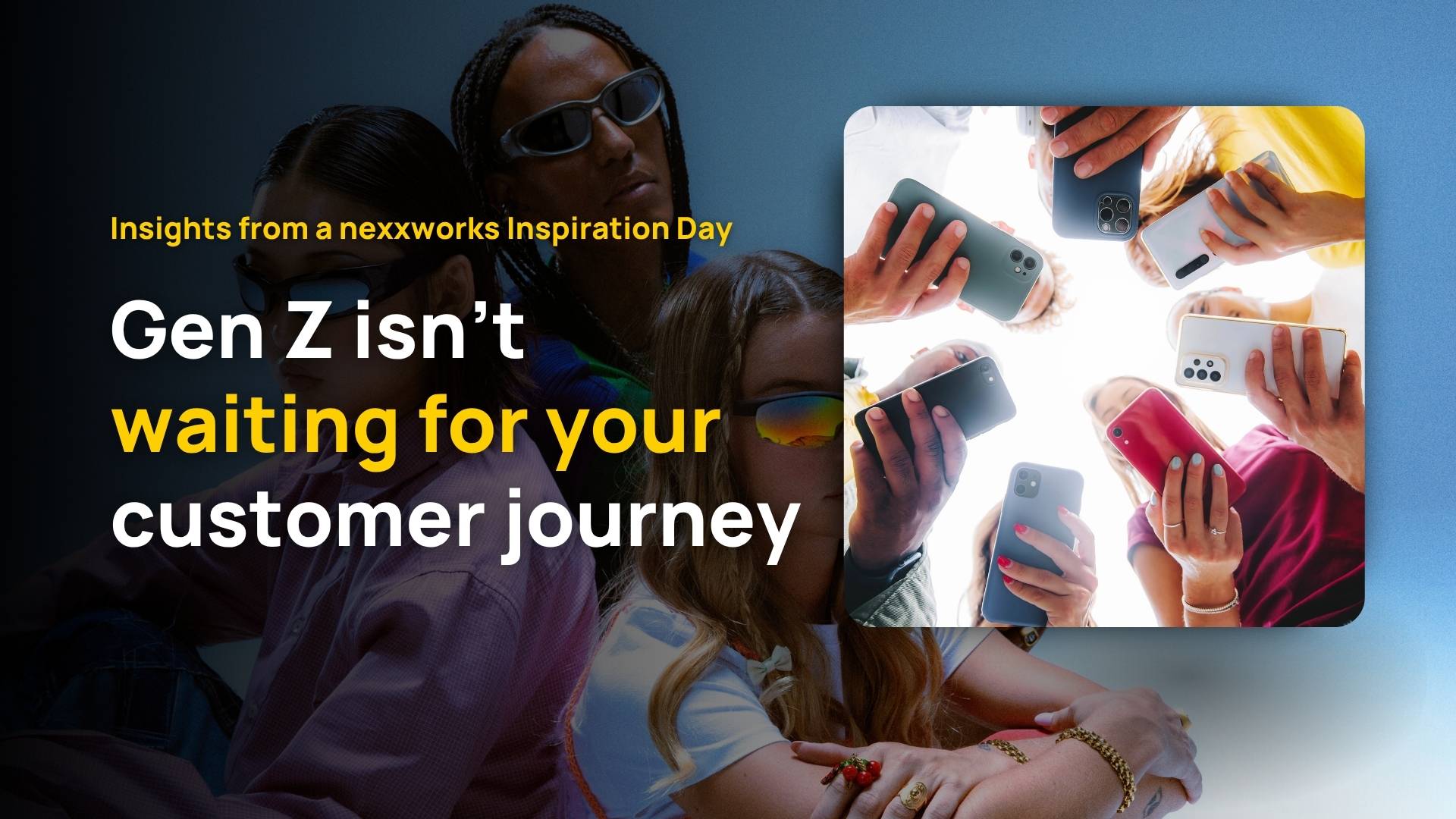Is your company a phoenix or a sailing ship?
.jpg)
In the middle of the 19th century, during the 50 years after the introduction of steam technology and steam ships, sailing ships made more improvements than they had in the previous 300 years of their existence. Examples are that they copied the iron hulls of the steamships and that they used larger amounts of sail. These evolutions allowed them to thrive and even dominate parts of the freight industry until the end of the 19th century, when they were finally surpassed by the steaming industry.
A famous example of these hi-tech sailing ships, was the tea clipper Cutty Sark - built in 1869 - which was so incredibly fast that it beat the fastest steamship at the time and was able to sail from Australia to the UK in a ‘mere’ 67 days.
But despite the extraordinary surge in speed and agility of the sailing ships, the steamships, too, kept improving their speed, fuel efficiency and cost effectiveness. And because their technology was a lot more reliable, predictable (not dependent on the whims of the wind) and their cargo space a lot bigger, they took over in the end.
And the sailing ships vanished, except for leisure.
It is after this historical situation that the sailing ship effect was named, a phenomenon by which the introduction of a new technology (steam tech, in this case) to a market accelerates the innovation and efficiency of a competing incumbent technology (sailing ships). The latter experiences a "last gasp" of sorts, fighting off the newcomers, when faced with the risk of being replaced by a newer technology.
More frequent than you think
The sailing ship effect happens more frequently than you would perhaps think. When digital cameras started to become popular, traditional film camera companies like Kodak, Fujifilm, and others improved the quality of their film and the efficiency of their cameras. The advent of electric vehicles (EVs) pushed manufacturers of traditional internal combustion engines to innovate, leading to more fuel-efficient, less polluting engines. Gas lamps, for instance, improved their efficiency by a factor of about five in the years after Edison's lightbulb was introduced. The advent of streaming services like Netflix and Hulu drove cable companies to improve their offerings with on-demand options, bundled services, and original content. The rise of ridesharing apps like Uber and Lyft have forced traditional taxi companies to improve their services, often adopting similar technologies for hailing and payment.
It's hard to really understand why this effect happens, and of course each of the situations described above is very different, but these could be some causes:
- Fight for survival: the old technologies are improved because those who build and use them obviously want to avoid being replaced.
- High switching and exit costs: the incumbents are often hesitant to switch to the new technology because the costs to do so are too high. So they prefer to improve their own mature technology.
- The spillover effect: components and innovations of the new technology are transferred to the incumbent technologies which then gain in power and efficiency. Sailing ships for instance adopted iron hulls after steam ships to improve their ability to navigate in high winds.
The Red Queen Effect
What’s extremely fascinating is that there’s a comparable co-evolutionary phenomenon in biology called the red queen hypothesis which proposes that “organisms must constantly adapt and evolve not just for reproductive or survival advantage, but also just to maintain their current fitness relative to the systems or organisms they are co-evolving with”. It was named after the Red Queen in Lewis Carroll's book "Through the Looking-Glass" who tells Alice “in this place it takes all the running you can do, to keep in the same place”.
Just to give a simple example: if a species of prey evolves to run faster, then the predator species might evolve to run faster as well. If they do not, they will be less likely to catch the prey and, as a result, less likely to survive and reproduce. So, both species must continually evolve together. Not to gain an advantage over the other, but merely to avoid becoming disadvantaged.
The terminal investment hypothesis
The sailing ship effect also reminded me of the terminal investment hypothesis where an old or diseased animal spends all its remaining energy or resources to reproduce because it might not get another chance. Which then made me think of the swan song phenomenon in the arts (which is pretty controversial and unproven as of yet, I have to admit), whereby creative individuals approaching death are motivated to produce transcendent final works embodying their creative legacy, before time runs out.
Just like that, the sailing ship effect is a last sprint, a last gasp before the end.
This phenomenon is therefore very different from the dynamics of a phoenix company. Phoenix companies - a concept from author and keynote speaker Peter Hinssen - adapt to their environments in ways that they completely integrate the new technologies, services, business models, products or markets. They deeply and fundamentally change instead of doing the same thing, but better.
Unable to unlearn
The biggest problem of the sailing ship effect is that these companies lack the necessary “unlearning” mechanisms, to use Barry O’Reilley’s concept. Sometimes evolving is not (just) about learning. It is about unlearning your old habits, mindsets, structures or technologies and - only then – learning new ones.
When I interviewed him a while ago, he gave me the example of Serena Williams who had been struggling to relive her previous success after a leg injury. “She trained extremely hard, but basically kept doing what she had done before. Until she came upon trainer Patrick Mouratoglou who gave her tips on doing small things differently, instead of doing “more of the same”. Working together with him, she ended up with a 14% improvement in her win ratio, a 71% improvement in her grand slam success and a 38% improvement over the next sort of number of years.”
If you’re an incumbent, fighting back against a new evolution, then doing more and perhaps (a little) better of the same will not save you in the long run. It might, for a short and glorious while, but it won’t keep saving you. Instead, you have to follow the flow and co-evolve, instead of resisting.
Humans and the sailing ship effect
Perhaps we have even arrived at the moment that human intelligence is subject to the sailing ship effect, in the face of generative artificial intelligence.
We see old school doctors, educators, even graphic artists and screenwriters etc. doing everything they can to improve or consolidate their existing methods, while – sometimes (as with certain schools and ChatGPT) – even banning the use of the new technologies. They keep doing more of the same thing, slightly better, which won’t save them against the exponential improvements of the new AI technologies.
In many aspects (obviously not when it comes to privacy, safety and ethics), they should probably be better to adapt the Chinese Wu Wei philosophy, which emphasizes aligning with the natural flow of the universe and working in harmony with it rather than trying to force or control things through excessive effort. Sometimes it is better not to fight, but to accept, adapt and reinvent yourself or your company, like a phoenix from its ashes.
So it could be interesting to ask yourself if you - as a company or an individual - are a continuously evolving phoenix or merely a faster sailing ship, experiencing a short revival and boost, right before the end?

.png)
.svg)






